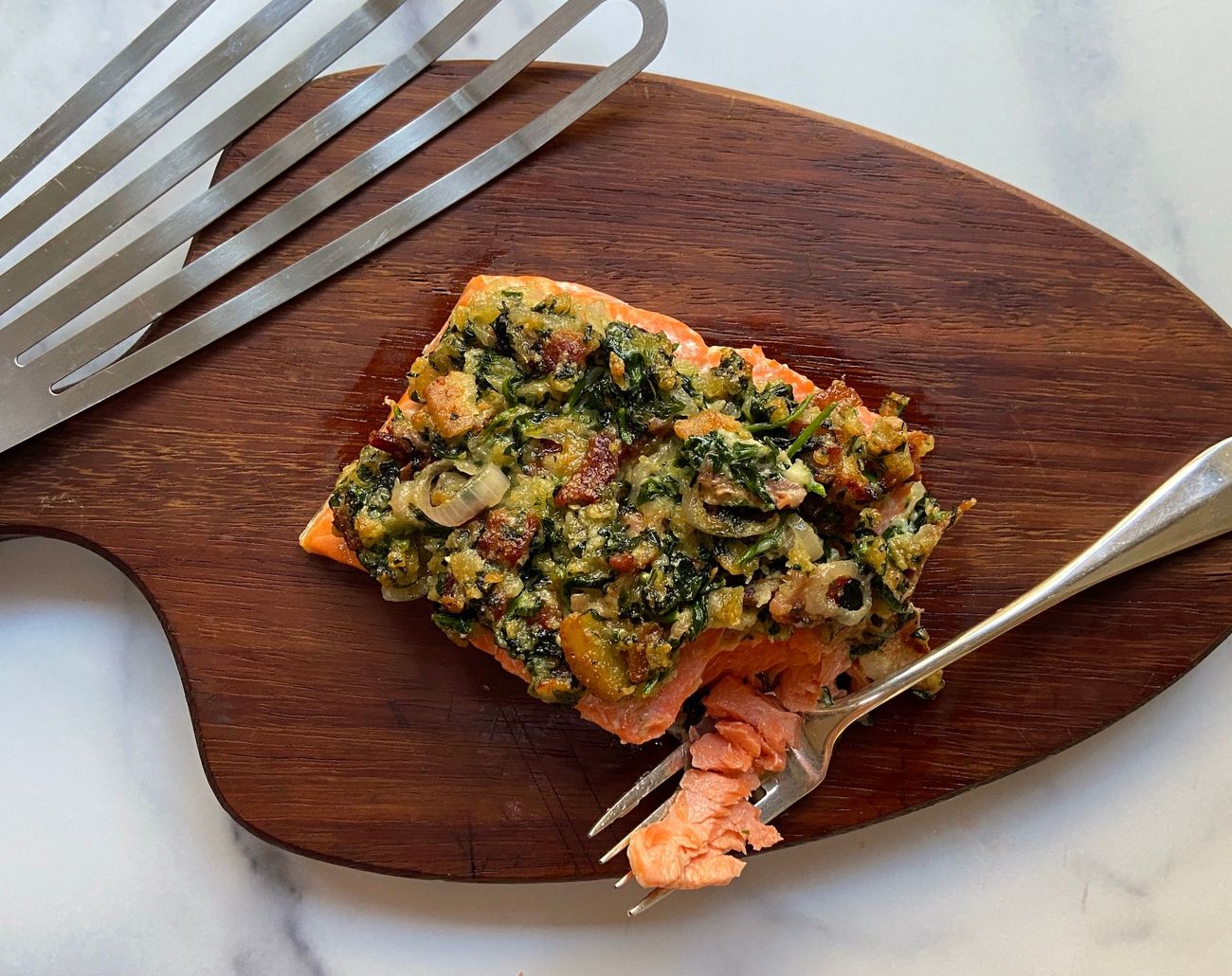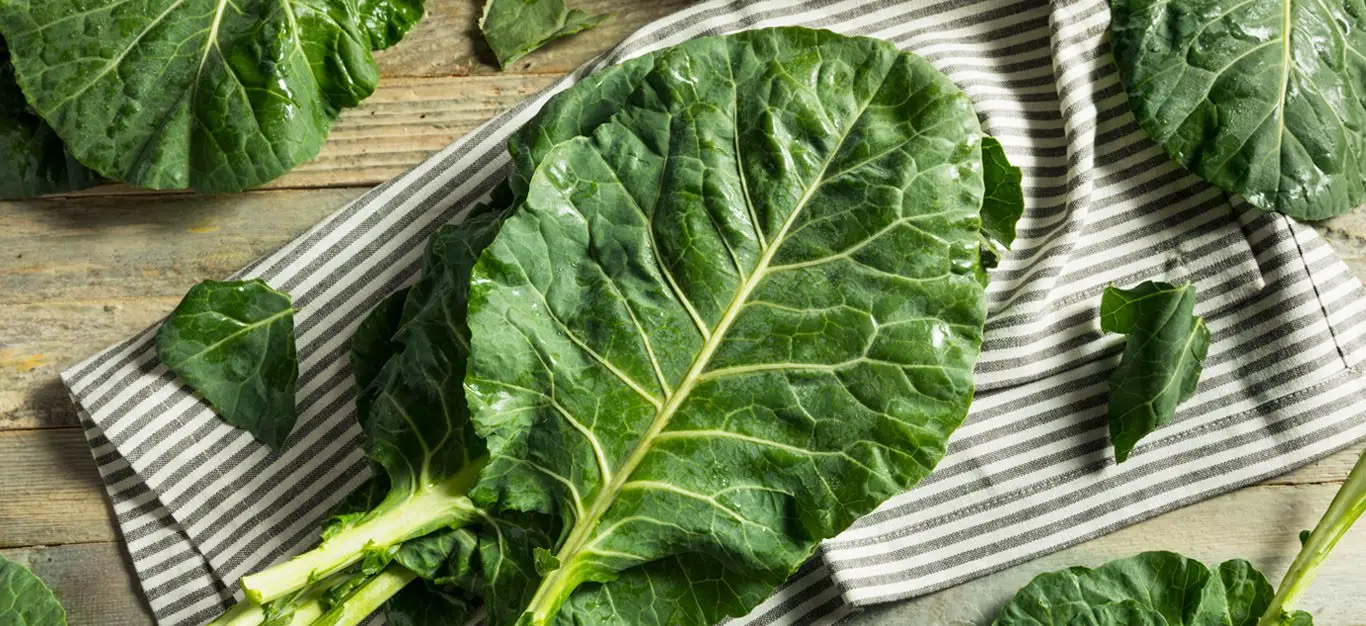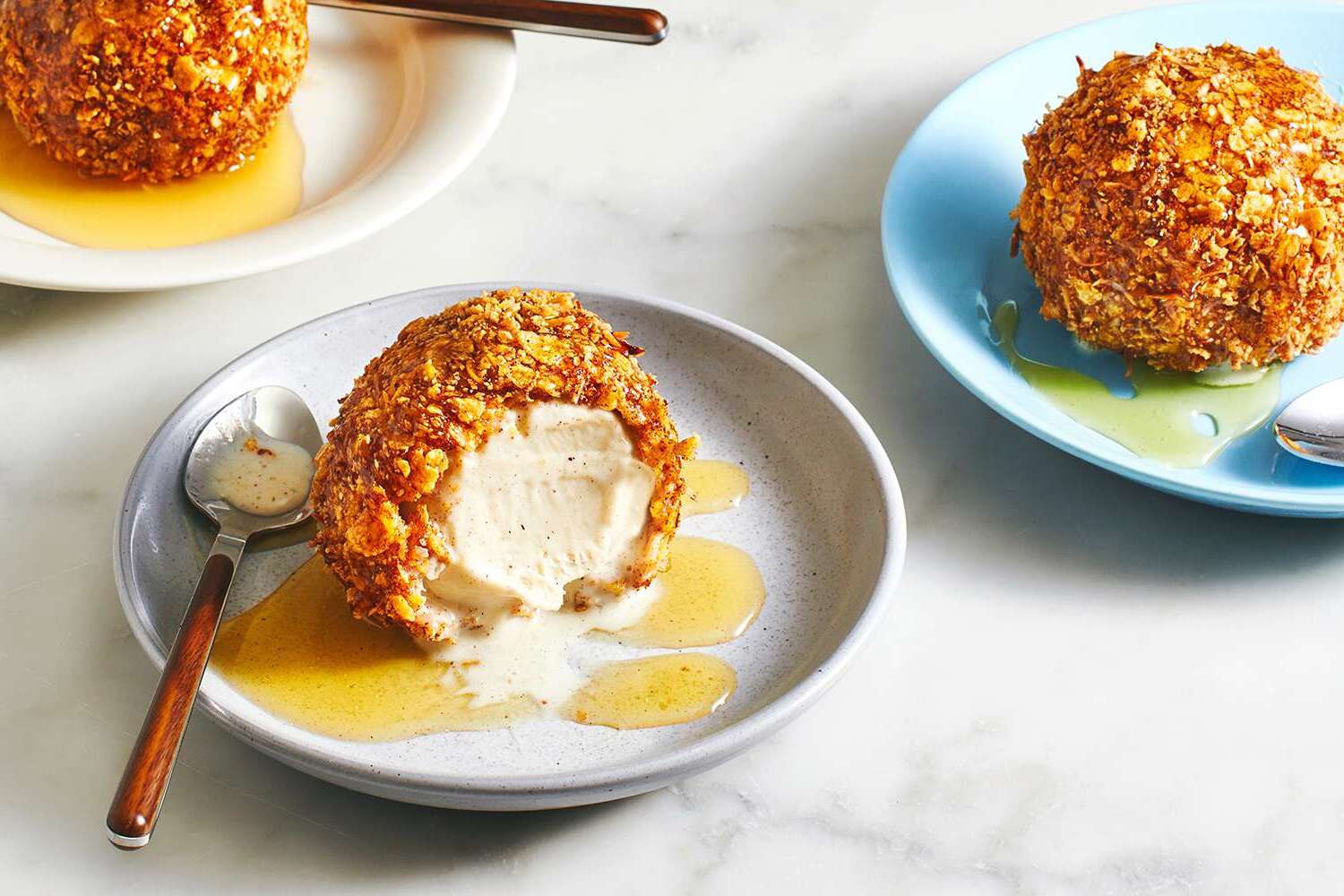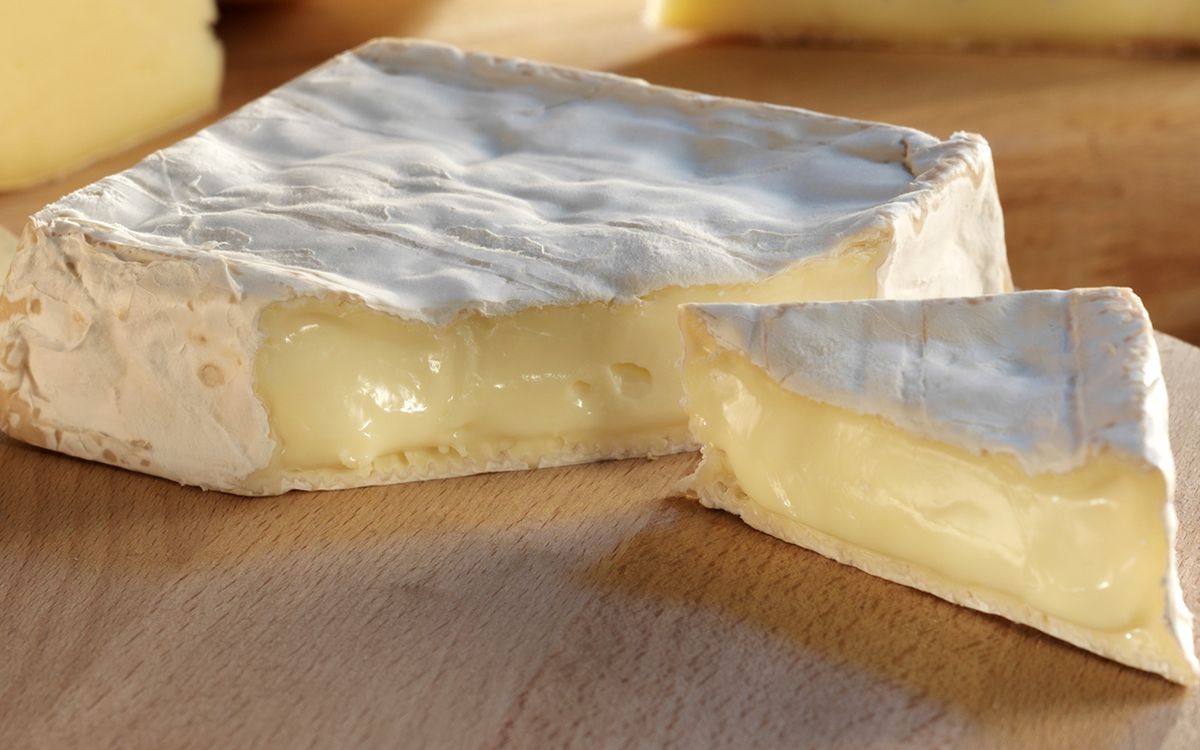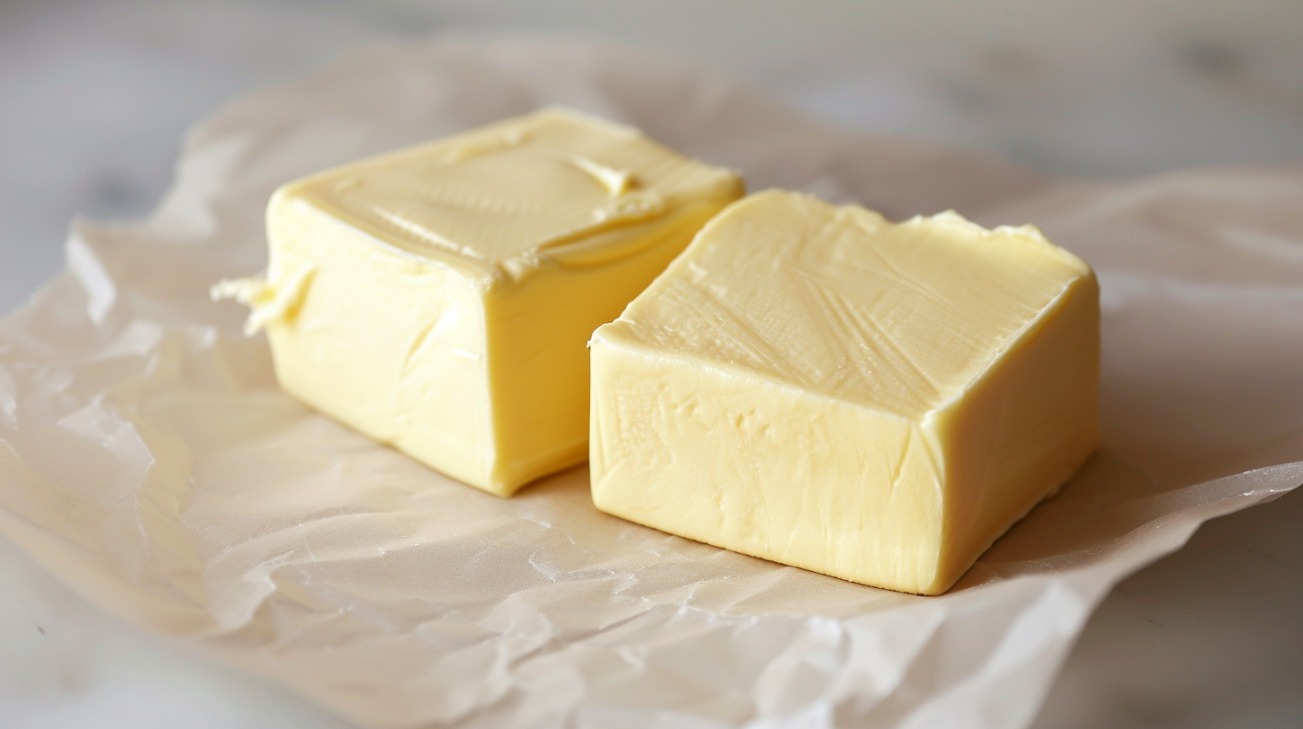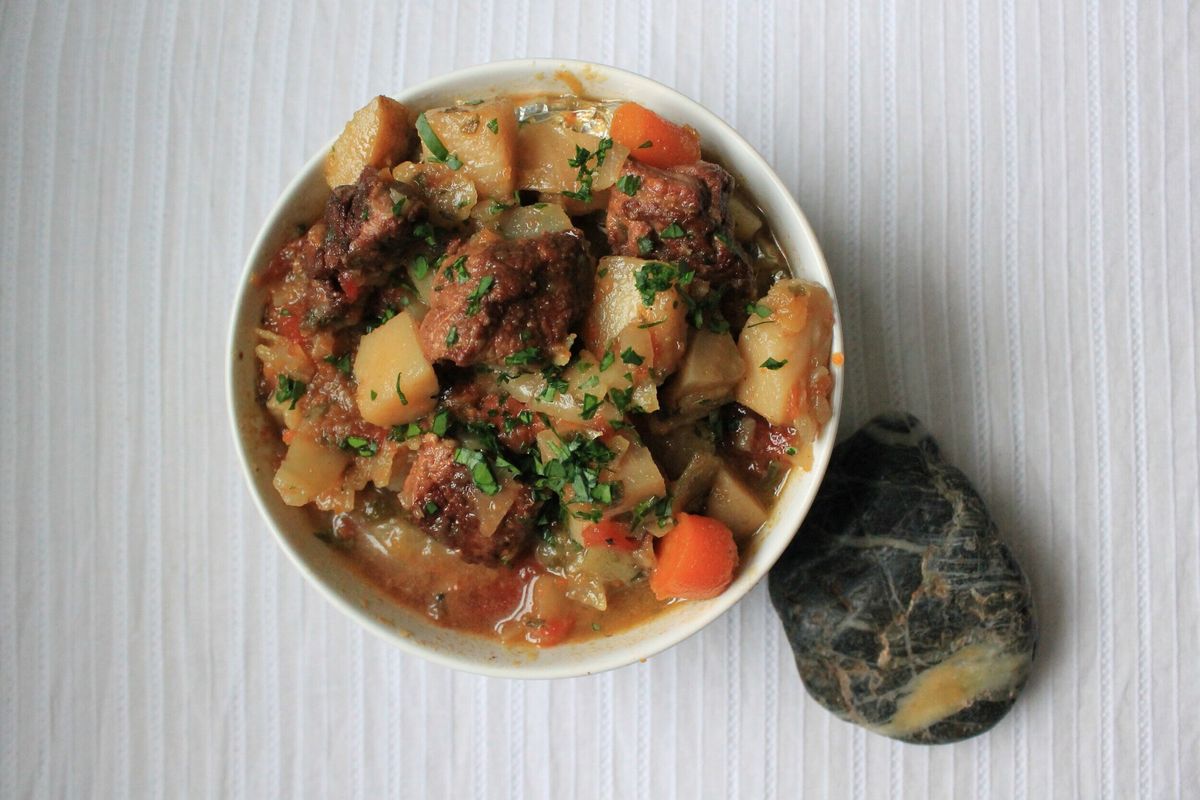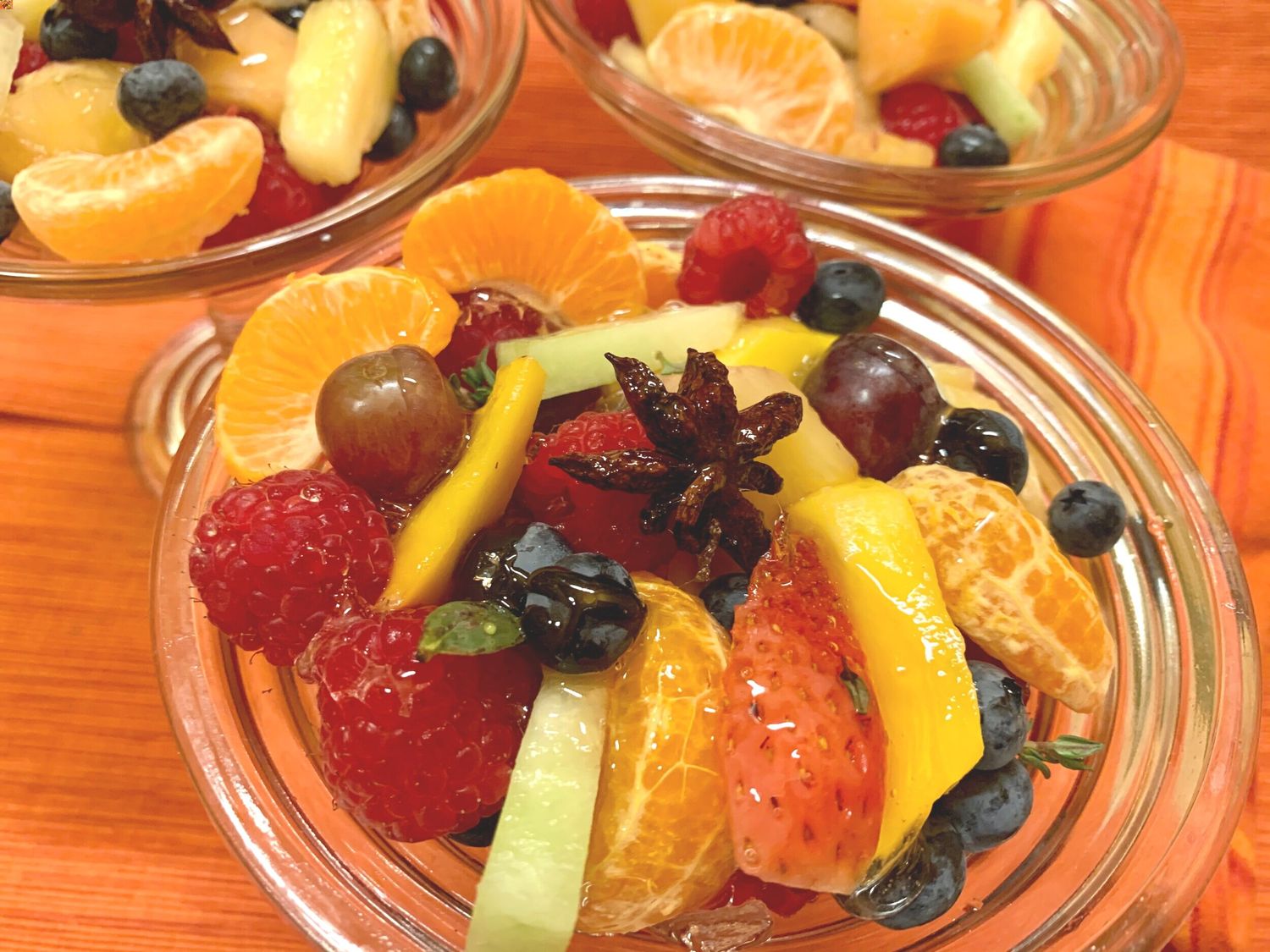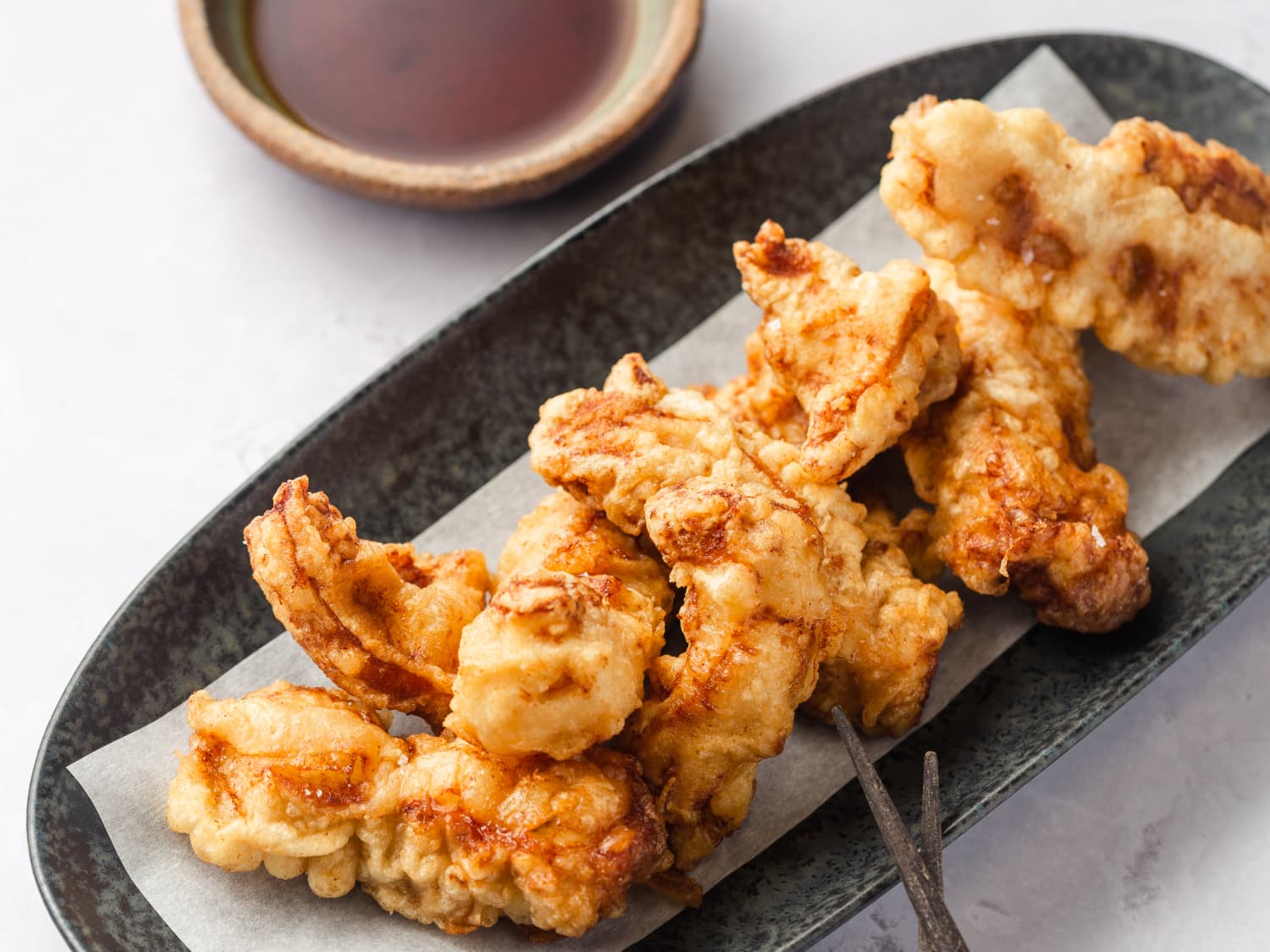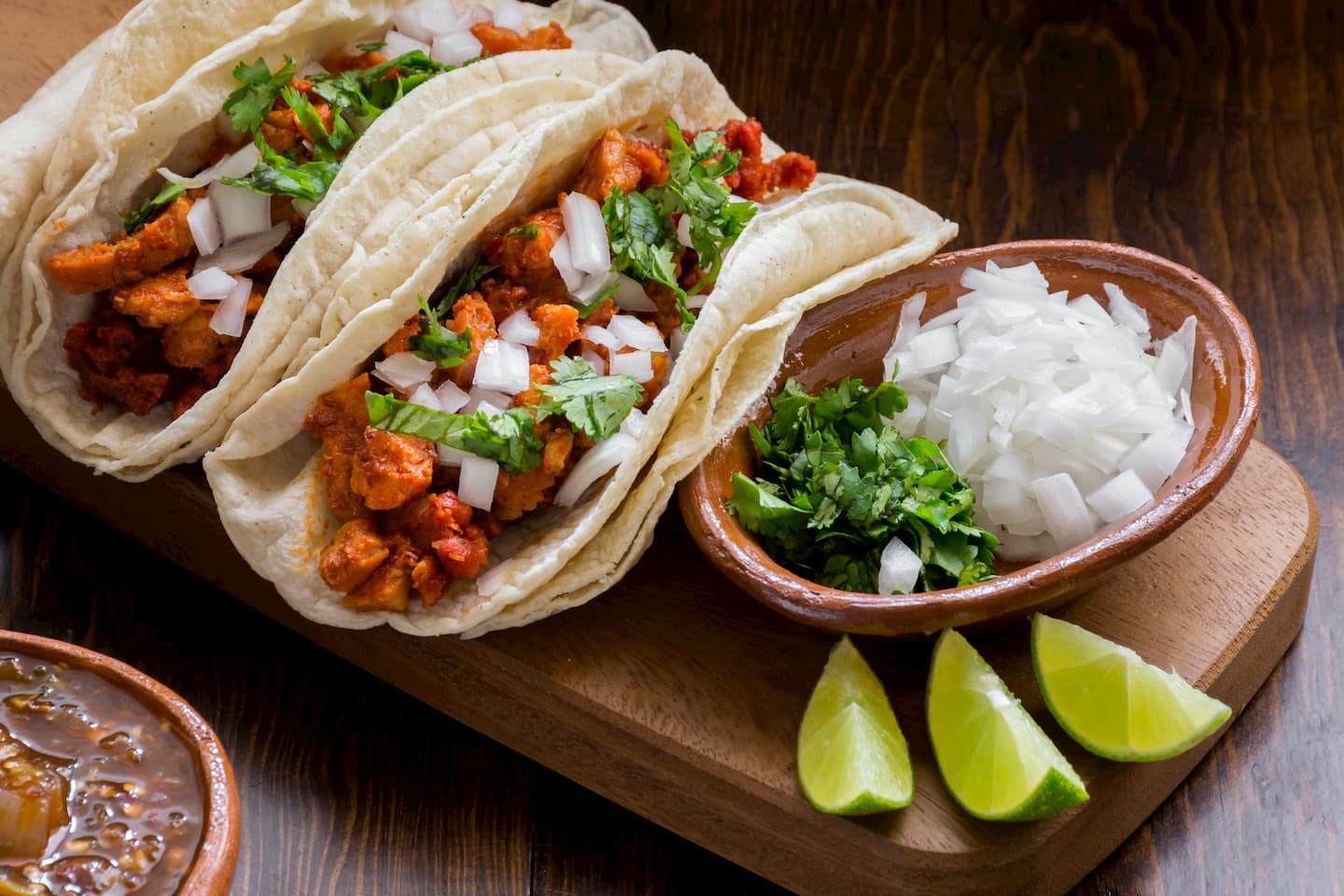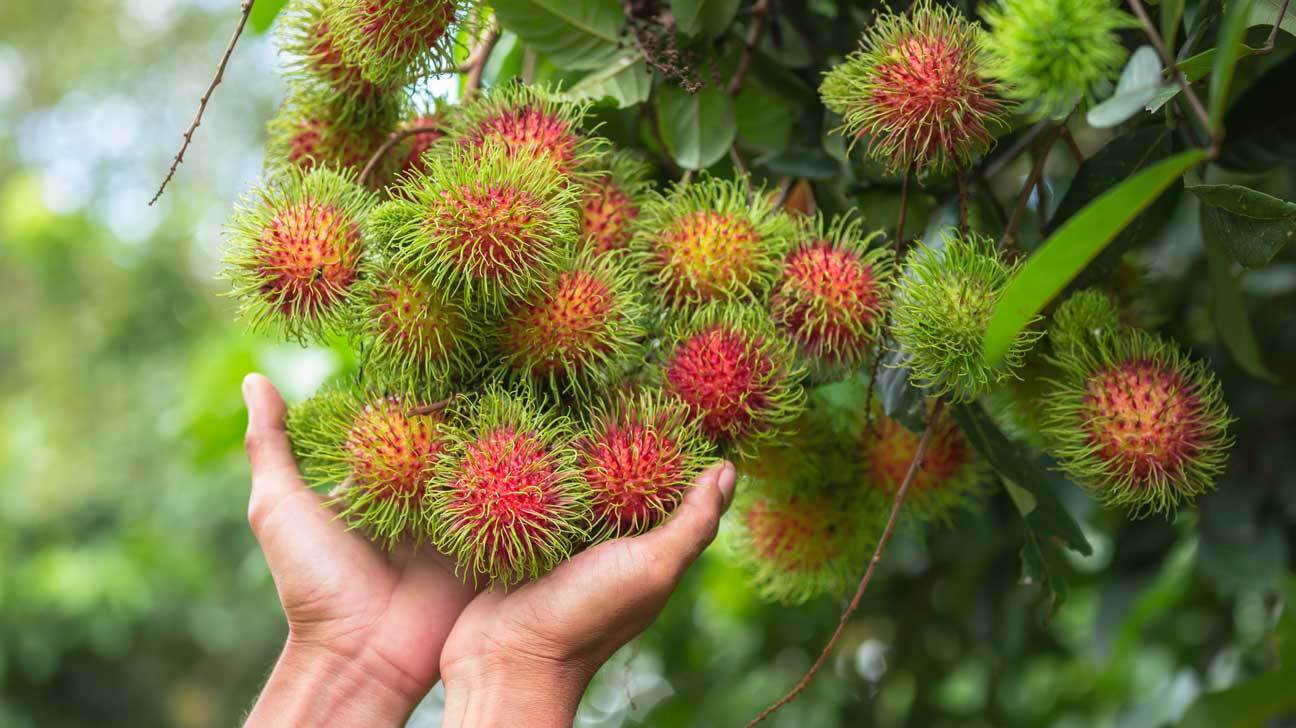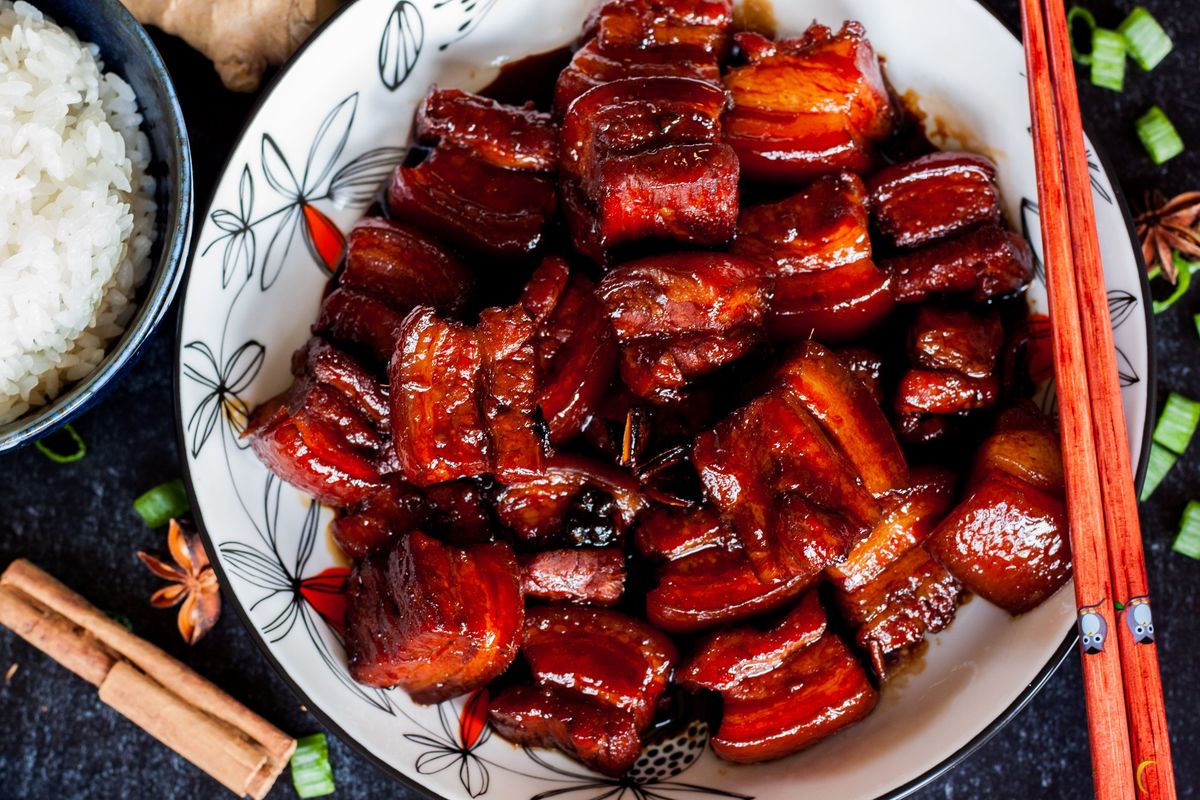The Meaning of ‘Yaki’ in Japanese Cuisine
Japanese cuisine is known for its diverse and flavorful dishes, many of which feature the word ‘yaki’ in their names. But what exactly does ‘yaki’ mean in Japanese? Let’s explore the meaning of this term and its significance in Japanese culinary culture.
Understanding ‘Yaki’
In Japanese, ‘yaki’ (焼き) translates to ‘grilled’ or ‘cooked by grilling.’ It is a cooking method that involves applying direct heat to ingredients, often over an open flame or on a grill. The ‘yaki’ technique is widely used in Japanese cuisine to prepare a variety of dishes, ranging from savory meats to fresh vegetables and seafood.
Popular ‘Yaki’ Dishes
Japanese cuisine features a wide array of ‘yaki’ dishes, each offering a unique blend of flavors and textures. Some popular examples include:
- Yakitori: Skewered and grilled chicken, often seasoned with a savory-sweet glaze.
- Okonomiyaki: A savory pancake containing a variety of ingredients such as cabbage, pork, and seafood, cooked on a griddle.
- Yakiniku: A style of Japanese barbecue where bite-sized pieces of meat are grilled at the table and enjoyed with dipping sauces.
- Yakiudon: Stir-fried udon noodles with vegetables, meat, and savory sauces, cooked on a hot griddle.
- Yakizakana: Grilled fish, a staple in Japanese seafood cuisine, often seasoned with salt or a sweet soy-based glaze.
The Art of ‘Yaki’ Cooking
Mastering the ‘yaki’ cooking method requires precision and attention to detail. Whether it’s achieving the perfect char on yakitori skewers or ensuring that okonomiyaki is cooked through while maintaining a crispy exterior, Japanese chefs take pride in their ability to execute ‘yaki’ dishes with finesse.
One of the key elements of ‘yaki’ cooking is the use of traditional grilling techniques, such as binchotan charcoal or robata grilling, which impart distinct smoky flavors to the ingredients.
Yaki in Japanese Culture
Beyond its culinary significance, ‘yaki’ holds cultural importance in Japan. The act of grilling and sharing food holds a special place in Japanese social gatherings, where friends and family come together to enjoy the warmth of the grill and the delicious aromas of ‘yaki’ dishes.
Additionally, the emphasis on fresh, seasonal ingredients in ‘yaki’ dishes reflects the Japanese culinary philosophy of shun, or the celebration of the best flavors each season has to offer.
Conclusion
In Japanese cuisine, ‘yaki’ represents more than just a cooking method—it embodies a rich culinary tradition, a celebration of flavors, and a communal experience. Whether it’s savoring the smoky notes of yakitori or indulging in the comforting warmth of yakiniku, ‘yaki’ dishes continue to captivate food enthusiasts around the world with their irresistible appeal.
Next time you savor a ‘yaki’ dish, take a moment to appreciate the artistry and cultural significance behind this beloved Japanese cooking style.
Was this page helpful?
Read Next: What Is Red Chinese Chicken
